Lithium Phosphate Sputtering Target Description
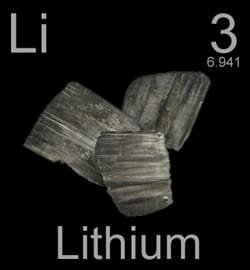 Lithium is a chemical element with the symbol “Li,” originating from the Greek word ‘lithos,’ meaning stone. It was first mentioned and observed by A. Arfwedson in 1817, with its isolation later accomplished and announced by W. T. Brande. Lithium has an atomic number of 3 and is located in Period 2, Group 1 of the periodic table, within the s-block. Its relative atomic mass is 6.941(2) Dalton, with the number in brackets indicating the measurement uncertainty. Lithium is widely used in rechargeable batteries, especially for electronic devices and electric vehicles, due to its high electrochemical potential and low density. It is also used in the manufacture of ceramics, glass, and as a medication for bipolar disorder.
Lithium is a chemical element with the symbol “Li,” originating from the Greek word ‘lithos,’ meaning stone. It was first mentioned and observed by A. Arfwedson in 1817, with its isolation later accomplished and announced by W. T. Brande. Lithium has an atomic number of 3 and is located in Period 2, Group 1 of the periodic table, within the s-block. Its relative atomic mass is 6.941(2) Dalton, with the number in brackets indicating the measurement uncertainty. Lithium is widely used in rechargeable batteries, especially for electronic devices and electric vehicles, due to its high electrochemical potential and low density. It is also used in the manufacture of ceramics, glass, and as a medication for bipolar disorder.
Related Product: Lithium Sputtering Target
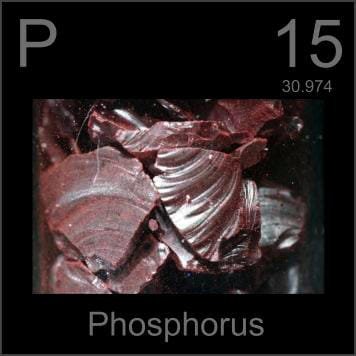 Phosphorus is a chemical element named after the Greek word ‘phosphoros,’ meaning bringer of light. It was first mentioned and observed by H. Brand in 1669, who also accomplished its isolation. The chemical symbol for phosphorus is “P,” and its atomic number is 15. Phosphorus is located in Period 3, Group 15 of the periodic table, within the p-block. Its relative atomic mass is 30.973762(2) Dalton, with the number in brackets indicating the measurement uncertainty. Phosphorus is essential for life, playing a key role in the structure of DNA and RNA, as well as in the production of ATP, which provides energy to cells. It is also widely used in fertilizers, detergents, and in various industrial processes.
Phosphorus is a chemical element named after the Greek word ‘phosphoros,’ meaning bringer of light. It was first mentioned and observed by H. Brand in 1669, who also accomplished its isolation. The chemical symbol for phosphorus is “P,” and its atomic number is 15. Phosphorus is located in Period 3, Group 15 of the periodic table, within the p-block. Its relative atomic mass is 30.973762(2) Dalton, with the number in brackets indicating the measurement uncertainty. Phosphorus is essential for life, playing a key role in the structure of DNA and RNA, as well as in the production of ATP, which provides energy to cells. It is also widely used in fertilizers, detergents, and in various industrial processes.
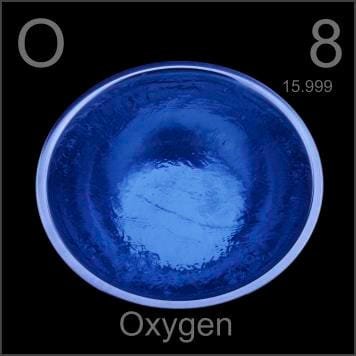 Oxygen is a chemical element with the symbol “O,” derived from the Greek words ‘oxy’ and ‘genes,’ meaning acid-forming. It was first mentioned and observed by W. Scheele in 1771, who also later accomplished and announced its isolation. Oxygen has an atomic number of 8 and is located in Period 2, Group 16 of the periodic table, within the p-block. Its relative atomic mass is 15.9994(3) Dalton, with the number in brackets indicating the measurement uncertainty. Oxygen is a vital element for life, essential for respiration in most organisms, and is a key component in water, organic compounds, and various industrial processes including combustion and oxidation reactions.
Oxygen is a chemical element with the symbol “O,” derived from the Greek words ‘oxy’ and ‘genes,’ meaning acid-forming. It was first mentioned and observed by W. Scheele in 1771, who also later accomplished and announced its isolation. Oxygen has an atomic number of 8 and is located in Period 2, Group 16 of the periodic table, within the p-block. Its relative atomic mass is 15.9994(3) Dalton, with the number in brackets indicating the measurement uncertainty. Oxygen is a vital element for life, essential for respiration in most organisms, and is a key component in water, organic compounds, and various industrial processes including combustion and oxidation reactions.
Lithium Phosphate Sputtering Target Handling Notes
- Elastomer Bonding: Elastomer bonding is recommended for the lithium phosphate sputtering target due to its brittleness and low thermal conductivity, which make it less suitable for traditional sputtering methods.
- Thermal Conductivity: This material has low thermal conductivity and is susceptible to thermal shock. Proper bonding and handling techniques are essential to prevent damage during the sputtering process.
Lithium Phosphate Sputtering Target Packaging
Our Lithium Phosphate Sputter Targets are meticulously handled to prevent any damage during storage and transportation, ensuring the preservation of their quality in their original condition. We implement strict handling and packaging protocols to maintain the integrity and performance of our products.


 MSDS File
MSDS File
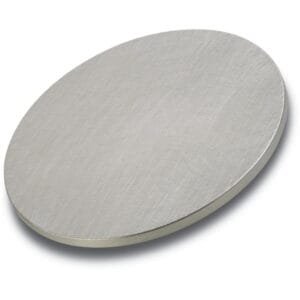
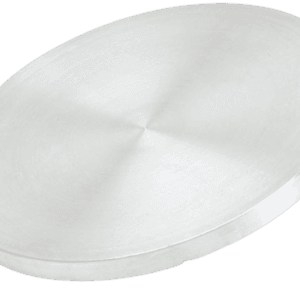
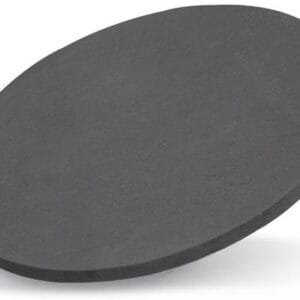
Reviews
There are no reviews yet.